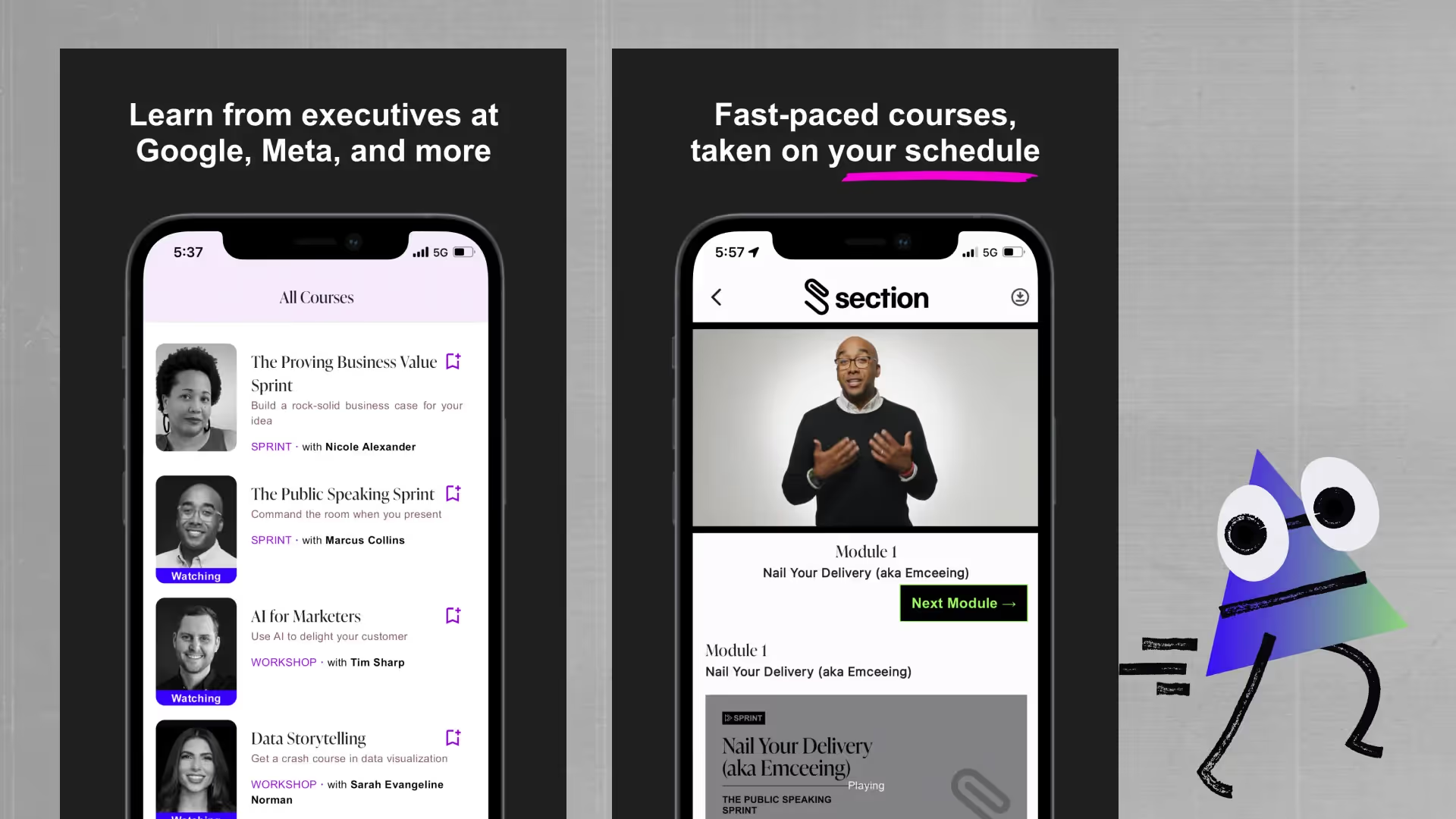The Track
A Section Blog

Most leaders are thinking about AI all wrong

5 custom GPTs to get the job
AI expert Ashley Gross has a custom GPT for everything – including pitching herself to jobs, winning consulting gigs, building a portfolio, and more. Here's what they do and how she builds them.

Google Gemini vs. Microsoft Copilot: Which is right for your business?
Gemini for Google Workspace and Copilot for Microsoft 365 both promise to enhance productivity. But which one gives you the most bang for your buck?

Copilot for Microsoft 365: What You Need to Know
Microsoft Copilot is the LLM of choice for 23% of companies, so how good are the new features of Copilot for Microsoft 365? Our AI expert's review.

Exploring AI in Marketing Examples
The marketing applications for AI seem limitless - but let's breakdown a few standout examples.

Where’s the money in AI? 10 insights from Azeem Azhar
Which AI projects and businesses will make their money back, and which will falter? Exponential View's Azeem Azhar weighs in.

Section now has a mobile app!
Download the Section app in the Android or iOS store to watch and complete courses on the go.

How to set an AI policy for your company
In this post, we'll cover the four parts to a strong AI policy – your stance on AI, operating norms, rules/guidelines, and real-life use cases.

How to appoint (or become) your company's next chief of AI
Your business needs a chief of AI. Here's everything you need to know about how to appoint one, including a job description.








